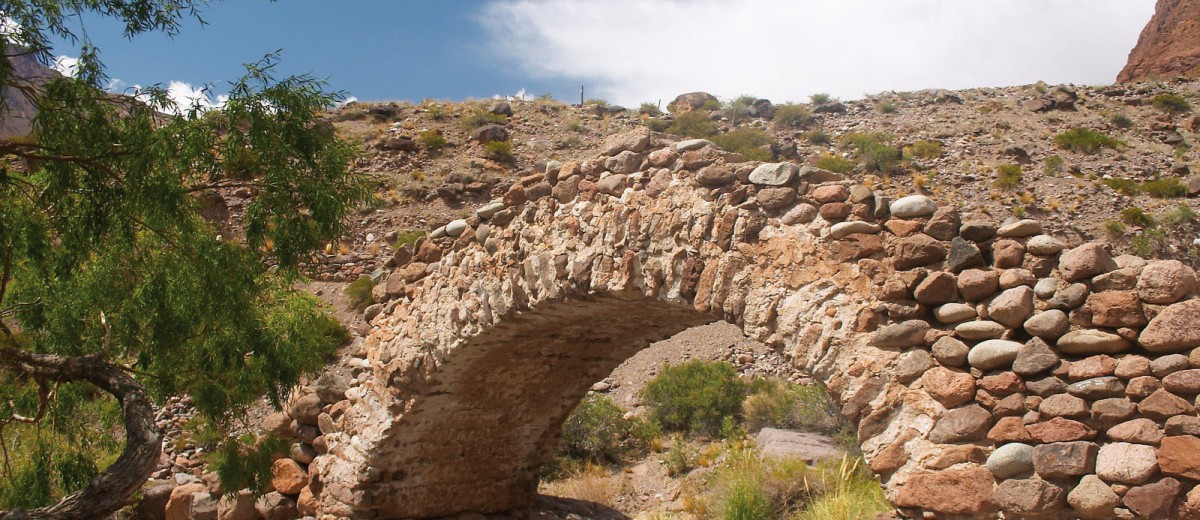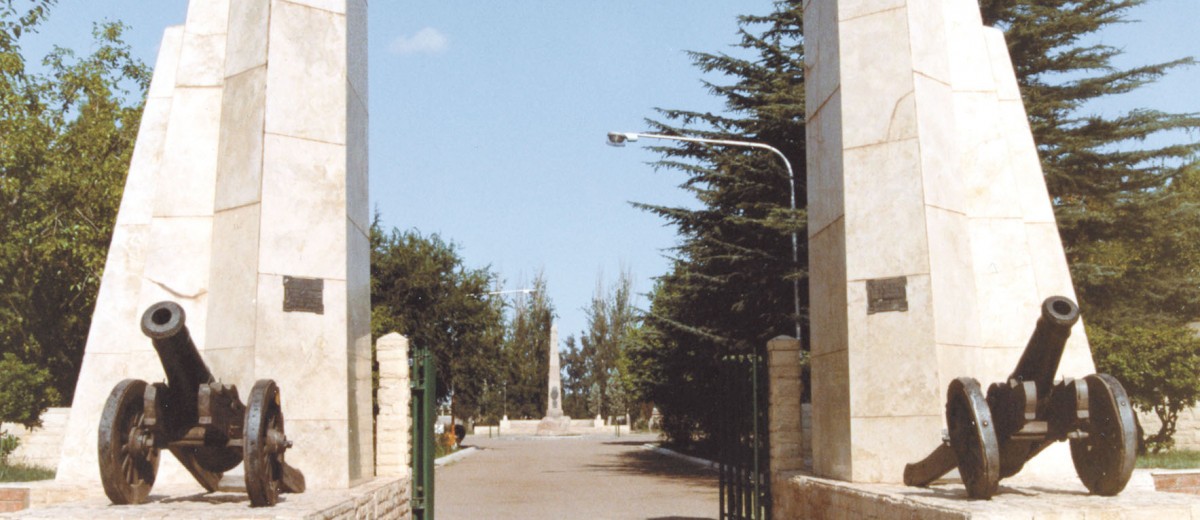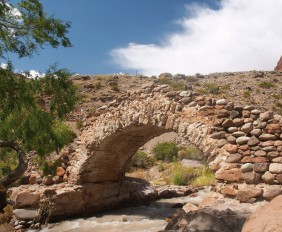On August, 10th 1814, the continent liberation plan got started when José de San Martín was appointed mayor governor of Cuyo. Ejercito de Los Andes (the Andes Army)- which crossed The Andes– was organized in Mendoza, and it brought to life Argentina’s biggest military epic poem. Nowadays, some of the places which witnessed those days are major tourist attractions.
His project was to put together an army at the foot of the Andes who would cross the mountain range to free Chile from the Spanish, and then continue to Lima. This plan turned out to be a complete success. But that was not all, San Martin also ruled until October 17, 1816; he developed an organized civil management. Despite having against the fact that there was a war economy framework and an unprecedented military state on the society of Mendoza, he managed to rearrange the treasury, reactivate industries and create new ones, carried out public works, and he specially took care of the well-being of all people. For example, one of his first government actions was to transform a walk that had been created in 1808 by the local Cabildo (Town Council) west of what was then the city centre (currently, Area Fundacional). He had carob trees planted, he extended the walk two blocks, and he had benches placed for the passers-by. The initiative had two strategies: beautify the walk, and create a new socializing space separated from Plaza Mayor (Main Square) – Currently, Pedro del Castillo Square – which back then was one of the centres for military activities and for executions. That is how Alameda street walk was born, which is still in place today (although with no more carob trees).
Even though people from the Cuyo region were benefitted by the works governor José de San Martín carried out, they also had to see their daily lives change drastically as the region became a war workshop. Buenos Aires helped form the army of the Andes, but most of the funding, the work force, the weapons, provisions, clothes, and cavalry, among other resources were provided by Cuyo. Short after leaving on their way to Chile , at the beginning of 1817, General San Martín wrote to Tomás Godoy Cruz, who was in Buenos Aires, highlighting he was lacking health, money and time, “but we are in the Province of Cuyo and here everything gets done, there are no words to express how good its inhabitants are.”
Almost 190 years after his passage through Mendoza, in the local scene there still remain –and usually still working- many of the works he put into practice during his government or that he promoted while he was fighting for the freedom of the South of the continent with his army. They can be seen every day. Some of the works that are still kept today and which carry the “Liberator” stamp include: the Alameda walk, the Archivo General de la Provincia, the public library which was named after him, and some irrigation channels.
One of the best historical tourism circuits Mendoza is known as the “Routes Sanmartinianas” (Northern and Central Regions) ordered and contextualized to let know the history of our hero yet, enjoy this province with the full force of its attractions.
Route milestones Sanmartiniana
•The Andean Army Flag
•El Plumerillo Field
•El Plumerillo Historic Chapel
•Molino Orfila
•Canota Monument
•Las Bovedas Museum
•Bóvedas de Uspallata
•Picheuta Bridge
•Historic Apple Tree
Esta entrada también está disponible en: Spanish Portuguese (Brazil)








¿Qué te pareció la publicación?